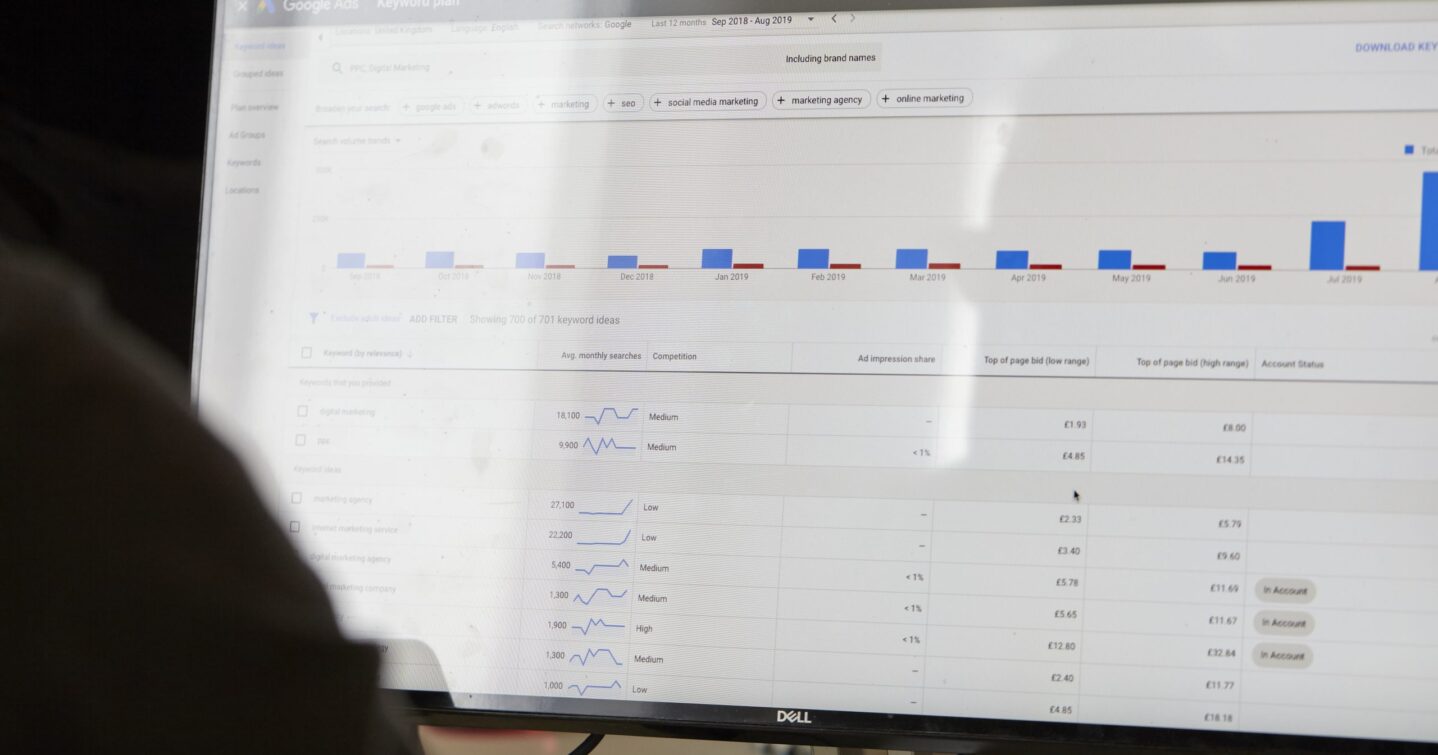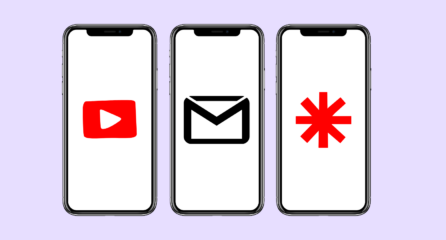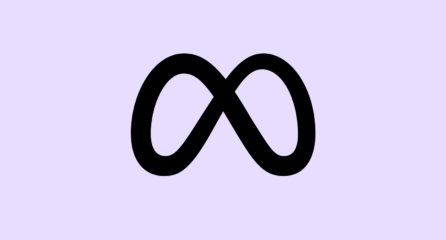The COVID-19 pandemic has presented huge challenges for businesses worldwide. Since most of the planet went into lockdown, businesses have had to make quick and calculated decisions to help them weather the storm – without knowing how long the storm will last.
Recent insights about the economic impact of the pandemic indicate that most businesses will continue to face challenges as the crisis continues to unfold.
In this article, we’ll be looking at how you can adapt your most agile and versatile digital marketing channel to help your business continue to weather the storm: your PPC strategy.
We bring together industry insight pieces as well as those from the internal PPC team at Loom Digital to help you adapt your PPC strategy in a way that really helps your business navigate these uncertain times.
Understand where your business sits in the COVID-19 marketplace
Before you can adapt your PPC strategy, you need to understand where your business sits in the Covid marketplace. User behaviour has changed significantly since the start of the pandemic, and understanding exactly how it’s changed will help you to pivot your strategy in a way that matches your audience’s current behaviours.
How to find out what’s changed
Start with some thorough analysis of the PPC account. This will allow you to assess what search phrases might have changed and how audiences have changed. Let’s look at how you can do this.
Look at your Impression Share
The first way to identify how your brand has been impacted is looking at your Impression Share. This is the percentage of times your ads are shown to users compared to the number of times they are eligible to show. It is available as a metric in your Google Ads and Microsoft Ads accounts.
For search campaigns, understanding your Impression Share helps you to identify how your brand’s position in the market has changed at different points throughout COVID-19. This can help you identify which parts of your PPC strategy will need to change, depending on where ground was lost or gained.
How to analyse your Impression Share
We’d recommend selecting key periods from the past couple months (e.g. 2 months before lockdown, 1 month before lockdown and lockdown) and looking at how your Impression Share may have changed.
This provides valuable insight into where you lost or gained Impression Share. Once you have your stats, it’s important to delve into the account to try and understand why these changes happened. For example, were there drastic changes in bids or were budgets pulled back or was it driven by one campaign in particular?
Examine your Audience Insights
Once you’ve identified any changes in your Impression Share, it’s time to take a look at your Google Ads Audience Insights.
This allows you to see how your competitor’s position has shifted during COVID 19, giving an indication about their budgets and/or short term strategy. You can look at this at an account and campaign level, to understand where the losses and gains are and compare with your own Impression Share.
This helps you to identify:
- Opportunities that will help you increase your own market share.
- Any new players or any surprising losses during the time
- If competitors dialed back on one area and/or upped their game in another area
This provides invaluable data-driven insight into your competitors’ strategies.
Understand how user behaviour has changed
Once you understand how your PPC account has been affected during the COVID-19 pandemic, it’s time to dig into that data and find out what else might have caused the changes. One vital area is user behaviour.
Naturally, this will have been affected, and will translate into visual data in your PPC account. For example, the graph below shows clicks and impressions this year at an MCC level.

Search Engine Land has also devised a really useful COVID-19 Script that compares key metrics between key time periods, creating visual charts that give you the ability to spot changes in search behavior more easily.
At Loom, we’ve used this to look at data two months pre lockdown, one month pre lockdown and during lockdown to try and understand any other key patterns. Along with the Impression Share data, this can help you reassess your strategy in relation to the changes that occur daily in your account.
Aside from your own data, Google has also released a useful tool called Global Search Trends. This can help you to understand the big picture of what is on people’s minds at the moment. For example, at the time of writing this article, some of the top questions over the past week were:


Paying attention to these more time sensitive search terms will help you identify new opportunities to meet your audience’s needs.
Compiling your data to inform your new PPC strategy
Now you’ve identified the key changes within your marketplace amongst your users, it’s important to understand how this fits into the bigger picture and make informed decisions about your PPC strategy.
Target your audiences more granularly
Due to COVID-19, audience pools have shrunk and shifted, so it’s important to take this into consideration when developing your new strategies. Previously, you may have been able to afford a more generalised message to a large audience pool. However with tighter budgets and more buying hesitation, it’s important to be as specific as possible when targeting users.
Think about grouping your audiences in the following way:
- Short term – Users who are interested and will still be purchasing –
- These users will be more receptive to “act now” type messages so you can continue to reach them in this way. Making sure this group is targeted should increase conversion rates and allow you to invest more budget into the more fruitful areas.
- Medium term – Users who are interested but won’t be buying now
- These users may not be ready to buy now, but are open to the brand in general, and are likely to buy in the future. Therefore you shouldn’t ignore them, but your message needs to be different. Focus on building relationships and staying current. This could be through offering free resources that are of benefit to this audience.
- No longer a prospect – Users who won’t be buying from you.
- Pre-coronavirus we could target these people at the top of the funnel as they might have purchased. However, we now know that there are limited people who will purchase in this pool
Change your messaging
At the beginning of this pandemic you will have most likely readjusted your messaging. However it’s important to remember that this pandemic will have a lasting impact on society.
Campaign consolidated some great pieces of research in the psychology involved in advertising in a pandemic.
It speaks about how pre-coronavirus advertising was very left brain focussed, meaning that it catered to users who were more narrow and goal-oriented in their thought processes. This side of the brain also tends to be more competitive, rhythmic and repetitious.
However, users aren’t thinking like that now. In a COVID-19 world, we need to be more right brain focussed, adapting messaging to people who are more alert to threats, are looking at the bigger picture and aren’t as blindly optimistic.
It’s also important to think about audiences at a demographic level and how messaging might change. For example, older people are likely to be shielding for a while longer, so your messaging (and offering!) should bear this in mind.
According to Econsultancy, young people in the UK are the most worried about the impact of coronavirus on jobs and wages, so tailor ad messaging to this demographic and address these concerns. If you don’t do this, you’ll end up alienating your audiences and your brand could experience negative consequences.
To adjust your advertising, new ads should:
- Use local and cultural references to root it in society and our history
- Depict living characters, so people can relate better
- Feature humour and empathy to connect better
- Embrace people’s need for entertainment and escapism in difficult times
- Be empathetic to your demographics position during COVID-19
What to expect going forward
We’ve seen a lot of brands turn off or reduce advertising during lockdown, with the aim of conserving budget for when things return to “normal”. This suggests that as lockdown is lifted, many brands will be turning back on their advertising and start bidding more aggressively, producing a highly competitive market (potentially even more competitive than the one before lockdown).
As quoted by Azeem Digital, “It seems as if the industry is moving towards the strategic divestment in preparation for a seemingly inevitable Q3/Q4 digital advertising free for all” angle!”
This teaches us one thing – By taking proactive action now, your PPC strategy will be able to see you through both the current dip many businesses are seeing, as well as help you ride the expected surge in market competition later in the year.
At Loom, we work proactively to support our clients through challenging times. Get in contact with us on 0117 923 2021 and our Paid Search team would love to answer any questions about your current PPC activity.





